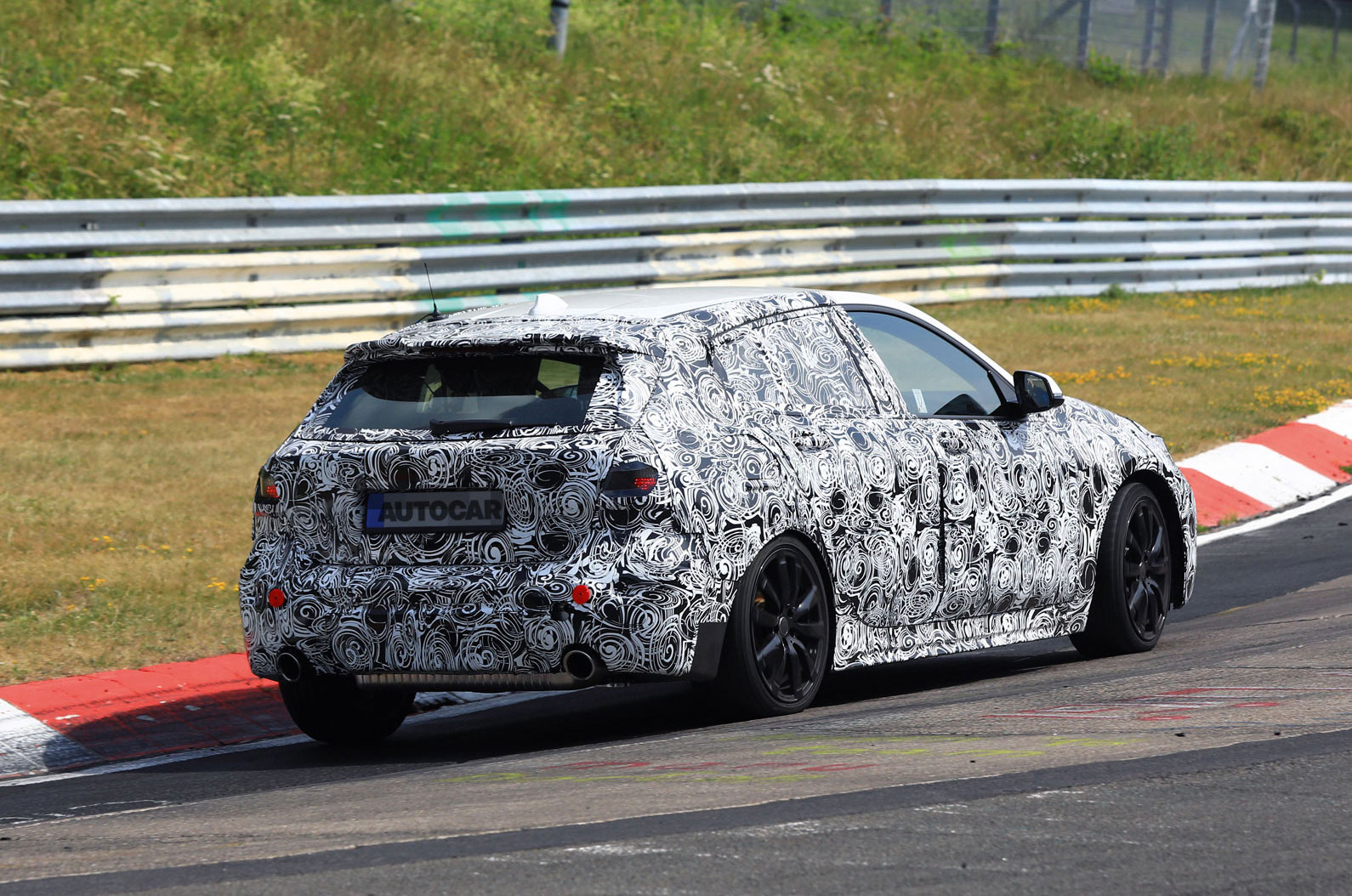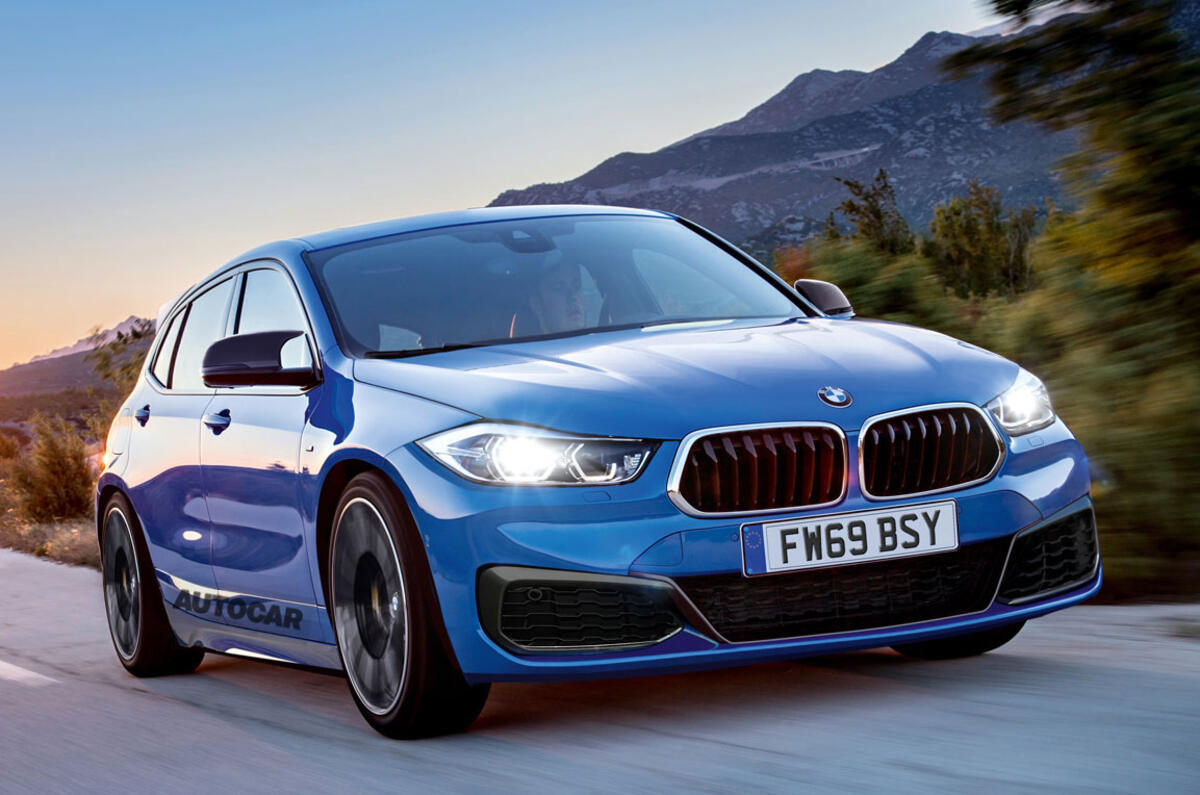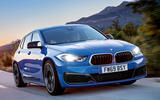BMW’s front-wheel drive revolution is set to kick into high gear in 2019 with the launch of the third-generation 1 Series, although the flagship M130iX M Performance model will be four-wheel drive.
The next 1 Series is described by a high-ranking official as a distinct turning point for the German car maker, which last year surrendered the global luxury car sales lead to its key rival, Mercedes-Benz, for the second consecutive year.
The M130iX hot hatch will be a crucial part of the overhaul to front-wheel drive as BMW tries to prove that it can offer a credible front-driven performance model alongside its traditionally successful rear-wheel-drive M cars.
Autocar has driven the front-wheel drive BMW 1 Series saloon. Click here for our review
Currently in the early stages of development, the BMW M division’s future competitor to the Volkswagen Golf R, Audi S3 and upcoming Mercedes-AMG A35 is scheduled for launch in 2020. It will feature specially tuned version of BMW’s turbocharged 2.0-litre four-cylinder petrol engine, developing around 300bhp, together with a multi-plate-clutch xDrive four-wheel-drive system.
BMW controversially halted a long tradition of rear-drive and four-wheel-drive models with the introduction of the 2 Series Active Tourer in 2014 and the subsequent launch of the larger 2 Series Gran Tourer in 2015. The car maker now plans to bolster its front-wheel drive line-up with the new 1 Series, which forgoes the longitudinal engine mounting of today’s second-generation model for a space-saving transversely mounted engine.
Front-wheel-drive will make the BMW 1 Series better handling

The move is set to provide the new 1 Series with a lower kerb weight and improved packaging, together with simplified production processes and greater profitability than its rear-wheel-drive predecessor.

















































Join the debate
Add your comment
M130iX M Performance, what a horrible model name
This is getting ridigulous. Why there are two M's in the model name, isn't one enough? Also, why the "performance"? One letter M should be enough to indicate that this is a performance oriented model.
The model name is (presumably
The model name is (presumably) "M130i xDrive", nothing else.
It is an M Performance vehicle (like X3 M40i, etc.) but that is not part of the model name.
The 'disgruntled fish' look
Just like the new Mercedes A-class, BMW have chosen the disguntled fish look.
Do they not clinic the looks of their cars I wonder?
autoindustryinsider wrote:
I think they gave up clinics, when most of their current 1 series owners didnt realise it was rear wheel drive.
Disappointing
So the 1 series' two USPs - 6 cylinders and RWD - are being taken away to leave us with another unattractive hatch. Oh dear.
Matty_Hall wrote:
Because the majority of vehicles this size have 3 or 4 cylinders, possibly a turbo and are front wheel drive, when asked, a lot of their owners didnt even know it was rear wheel drive. They have finally realised what the majority of manufacturers did in the 70s and 80s, small family cars need to be front wheel drive to give up a decent amount of passenger and boot space. Austin figured that out in the 60's with the original mini, its only taken BMW half a century to catch on.